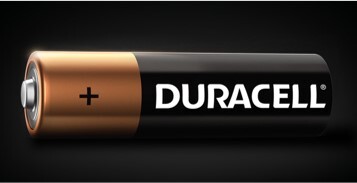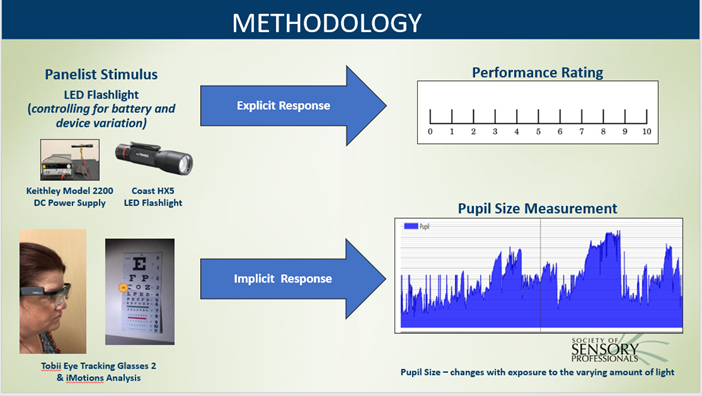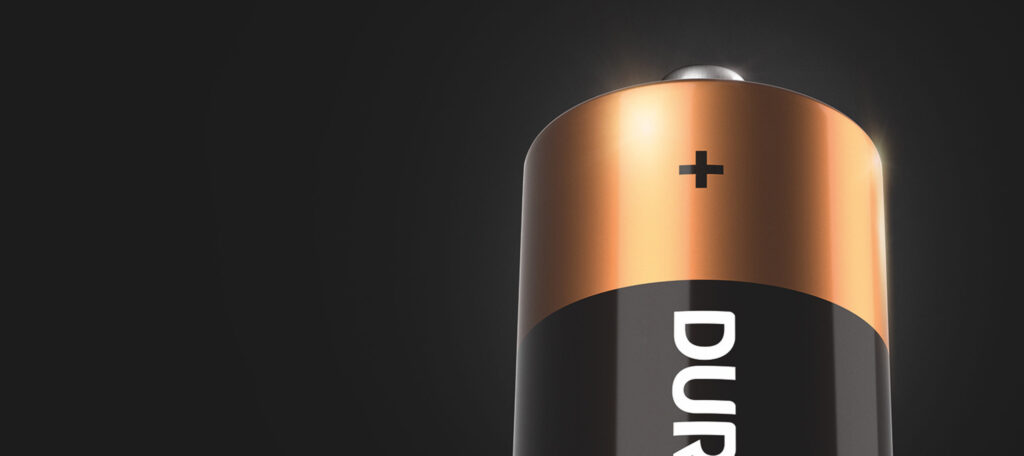When your company has been around for nearly a century, has led your category for much of that time, and produces products that are trusted worldwide, it can be easy to do things the way you always have. Not that you don’t seek to evolve or constantly push innovation, but certain standards and processes become immutable. They’re working, right? So why not keep doing what you’re doing.
Not at Duracell. And certainly not in recent years.
iMotions software drives new R&D strategy
The iconic battery company has been altering approaches dramatically throughout the product development lifecycle – from consumer research to product design and qualification to sales and marketing. And now they’re on a mission to redefine alkaline battery performance. Why? Because that’s what consumers told them they wanted, even if they didn’t state it explicitly. For several years, Duracell has been using a combination of explicit and implicit measures through the iMotions’ software platform to develop a more complete picture of how consumers perceive alkaline battery performance. In study after study, Duracell has learned that providing an alkaline battery that enhances device performance wins with today’s consumers.

This may seem like an obvious insight. But it’s a foundational change to the alkaline battery industry. It doesn’t just challenge conventional thinking. It challenges industry standards, for which battery life or longevity has been the primary measure of performance for almost a century. And it likely would have been another century were it not for Duracell looking beyond what consumers say they desire in battery performance – something increasingly recognized as fraught with both conscious and subconscious biases. As background, about 1.1 billion devices in the U.S. are powered by disposable, single-use batteries, and about one-third of these devices are driven by constant resistance (cR) electronics where device performance is driven by the load voltage provided by the battery. Batteries can drive movement (as with motorized toys), vibration (toothbrushes), light intensity (flashlights) and sound (wireless speakers). While some changes in performance are clear and obvious, for example, speakers that won’t play anymore, there are also more subtle changes to device performance that are big enough for the brain to recognize, but too small to be called out explicitly.
Biometric testing at the heart of customer-first approach
About seven years ago, Ray Iveson, Research & Development (R&D) Vice President and Senior Research Fellow and Nancy Dempsey, R&D Senior Project Scientist, looked to change the approach to alkaline battery product development for Duracell. Rather than simply accepting entrenched product development approaches previously used by Duracell, the two brought their consumer-first mindset to the approach – intrigued to truly understand consumer sentiment around batteries and battery performance. In an industry whose products operate “under the hood”, the team wondered if they were missing insights and potential opportunities to create a better, more useful product?

So, in 2016, Ray, Nancy and the R&D team started looking at consumer noticeability of alkaline battery performance. In a series of studies, Duracell showed consumers varying levels of device performance using load voltage levels both achievable and unachievable by commercially available alkaline batteries. Duracell measured both explicit and implicit responses from consumers. While explicit responses were collected by traditional consumer testing methods, implicit responses were collected through biosensors that evaluated eye tracking (what are consumers looking at and for how long), pupil size and Galvanic Skin Response (indications of arousal/engagement). All implicit data was collected, synchronized and analyzed with iMotions’ industry-leading platform for studying implicit human behavior.
What Duracell found was that consumers’ implicit or physiological response wasn’t fully revealed by their explicit responses. This prompted Duracell to run more biosensor studies, measuring responses to other aspects of battery performance, in which they continued to see how consumers, even if they couldn’t consciously convey it, wanted something different than what the battery industry standards demanded of Duracell (and other battery manufacturers). Device performance, not battery life, was the priority for consumers.
Conclusion
Using these newfound insights, Duracell began redesigning their alkaline battery products, while simultaneously creating an entirely new alkaline battery technology purpose-built to provide better device performance and one that foundationally delivered against the needs of the consumer. When Duracell tested their new prototype batteries against commercially available alkaline batteries in the marketplace, these new prototype batteries have proven to be blind test winners against all comers.
For Duracell, these findings have not only led to a foundational shift in its own approach, but a pursuit to revolutionize the industry’s approach overall. It ignited a mission to evolve old battery performance standards to better meet the needs and desires of consumers, and along the way, advocate for the use, and value, of both explicit and implicit measures in doing so.
Any good product design begins with insights into what your consumers want. If you’re just asking them, you may get the right answers. But if you look deeper, gauging what they may not be able to tell you, you will get the right answers.






